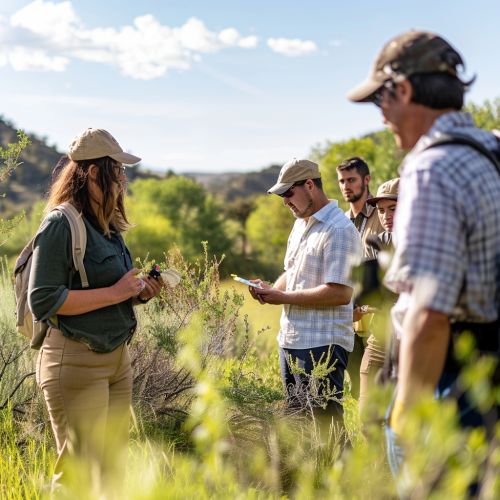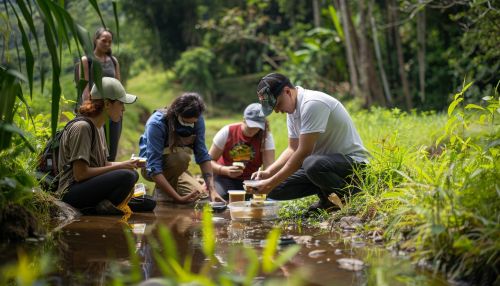Field Experiments
Introduction
Field experiments are a type of research methodology that are used in various disciplines, including psychology, sociology, economics, marketing, and political science. They involve the application of experimental research design in a natural setting, outside the controlled conditions of a laboratory. Field experiments are particularly useful for studying real-world phenomena in their natural context, providing valuable insights that can be generalized to a larger population.


Characteristics of Field Experiments
Field experiments share several characteristics that distinguish them from other research methods. These include:
- Real-world setting: Field experiments are conducted in the natural environment of the participants, rather than in a controlled laboratory setting. This allows researchers to study behavior in its natural context, increasing the external validity of the findings.
- Random assignment: Participants are randomly assigned to different conditions or treatments, just as in a laboratory experiment. This helps to control for confounding variables and allows researchers to make causal inferences.
- Manipulation of variables: Researchers directly manipulate one or more independent variables and observe the effect on the dependent variable(s). This distinguishes field experiments from observational studies, where variables are not manipulated.
- Control: Despite the natural setting, researchers still maintain a degree of control over the experiment. They decide which variables to manipulate, how to measure the outcomes, and how to assign participants to different conditions.
Advantages of Field Experiments
Field experiments offer several advantages over other research methods:
- Ecological validity: Because they are conducted in a real-world setting, field experiments have high ecological validity. This means that the results are more likely to be representative of behavior in the real world.
- Generalizability: The natural setting of field experiments allows for a more diverse sample of participants, which can improve the generalizability of the findings.
- Causal inferences: Like laboratory experiments, field experiments allow researchers to make causal inferences due to the manipulation of independent variables and the control of confounding variables.
Limitations of Field Experiments
Despite their advantages, field experiments also have some limitations:
- Control: While field experiments offer more ecological validity, they also provide less control over extraneous variables compared to laboratory experiments. This can potentially introduce confounding variables that might affect the results.
- Practical issues: Field experiments can be more time-consuming, costly, and logistically challenging to conduct than laboratory experiments.
- Ethical considerations: Field experiments often involve manipulating variables in a real-world setting, which can raise ethical issues. For example, participants may not be aware that they are part of an experiment, which can infringe on their right to informed consent.
Designing a Field Experiment
Designing a field experiment involves several steps:
1. Formulating a research question: The first step in designing a field experiment is to formulate a clear, specific, and testable research question. This question should be based on a theoretical framework and should specify the variables to be studied. 2. Designing the experiment: The next step is to design the experiment. This involves deciding on the number of conditions, the method of random assignment, the measures to be used, and the procedures for data collection. 3. Conducting the experiment: Once the design is in place, the experiment can be conducted. This involves recruiting participants, administering the experimental conditions, and collecting data. 4. Analyzing the data: After the data is collected, it is analyzed using appropriate statistical methods. This allows the researcher to determine whether the experimental manipulation had a significant effect on the dependent variable(s). 5. Interpreting and reporting the results: The final step is to interpret the results in the context of the research question and report the findings in a scientific paper.
Examples of Field Experiments
Field experiments have been used in a variety of disciplines to study a wide range of phenomena. Here are a few examples:
- In economics, field experiments have been used to study the effects of different incentives on worker productivity.
- In political science, field experiments have been used to test the effectiveness of different campaign strategies on voter turnout.
- In psychology, field experiments have been used to study the effects of environmental cues on behavior.
- In sociology, field experiments have been used to investigate the impact of social norms on individual behavior.
